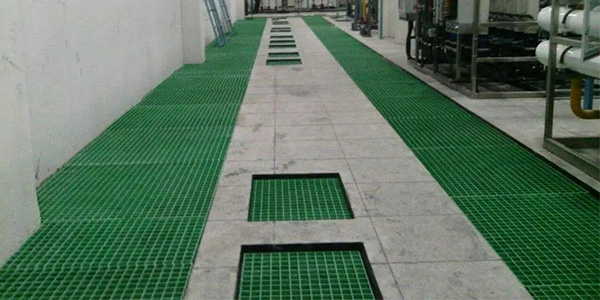Fiberglass Rod Properties
Fiberglass rods, also known as glass-reinforced plastic rods or GRP rods, are an essential component in various industrial and construction applications. They are engineered to provide a combination of high strength, durability, and low weight, making them ideal for use in a range of applications from electrical to marine, architectural, and recreational. This essay will provide an overview of the properties of fiberglass rods and how they are manufactured, as well as the advantages and disadvantages of using them in various applications.
 |
Properties and manufacturing method of fiberglass rods
The properties of fiberglass rods are primarily determined by the composition of the material and the manufacturing process. The core material of fiberglass rods is typically composed of polyester, epoxy, or vinyl-ester resin, which is reinforced with glass fibers to improve its strength and stiffness. The glass fibers are added to the resin in a controlled manner during the manufacturing process to ensure consistent quality and performance.
One of the key properties of fiberglass rods is their high strength-to-weight ratio. This means that they are capable of carrying heavy loads while being relatively lightweight, making them easy to transport and install. In addition, fiberglass rods are highly resistant to corrosion and environmental degradation, making them ideal for use in harsh environments such as marine or chemical processing applications.
Fiberglass rods are also flexible and have a high modulus of elasticity, meaning they can bend and deform under load without breaking. This property makes them ideal for use in applications where the rods may be subjected to repeated loads or cyclical loading. Additionally, fiberglass rods are electrically non-conductive, making them safe for use in electrical applications where electrical conductivity is a concern.
Fiberglass rods are typically manufactured using a pultrusion process, where the resin and glass fibers are pulled through a heated die to cure the resin and create a solid, continuous rod. This manufacturing process allows for precise control over the properties of the final product and ensures consistent quality from batch to batch. The rods can be manufactured in a variety of diameters and lengths to meet specific application requirements.
Despite the many advantages of fiberglass rods, there are also some disadvantages to consider. One of the main disadvantages is that they are brittle, meaning they can break if subjected to high levels of stress or impact. This property makes them unsuitable for use in applications where they may be subjected to sudden or impact loads. Additionally, fiberglass rods are not as strong as other materials such as steel or aluminum, and they may deform under heavy loads.
Another disadvantage of fiberglass rods is their susceptibility to UV light degradation. Over time, exposure to UV light can cause the resin to break down, leading to discoloration, brittleness, and reduced strength. This property makes them unsuitable for use in outdoor applications where they may be exposed to direct sunlight for extended periods of time.
In conclusion, fiberglass rods are a versatile and essential component in a range of industrial and construction applications. They are engineered to provide a combination of high strength, durability, and low weight, making them ideal for use in harsh environments, electrical applications, and more. However, there are also some disadvantages to consider, such as brittleness, UV light degradation, and reduced strength compared to other materials. When considering the use of fiberglass rods, it is important to carefully evaluate the specific application requirements to ensure they are the best fit for the job.

Comments